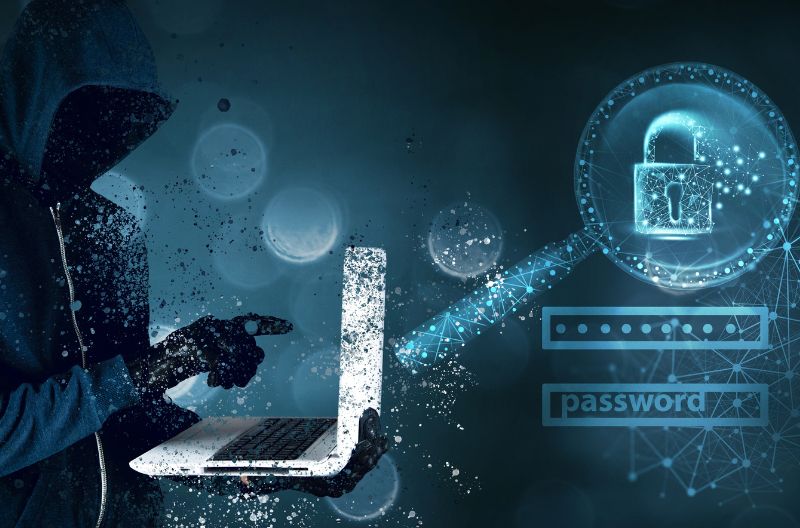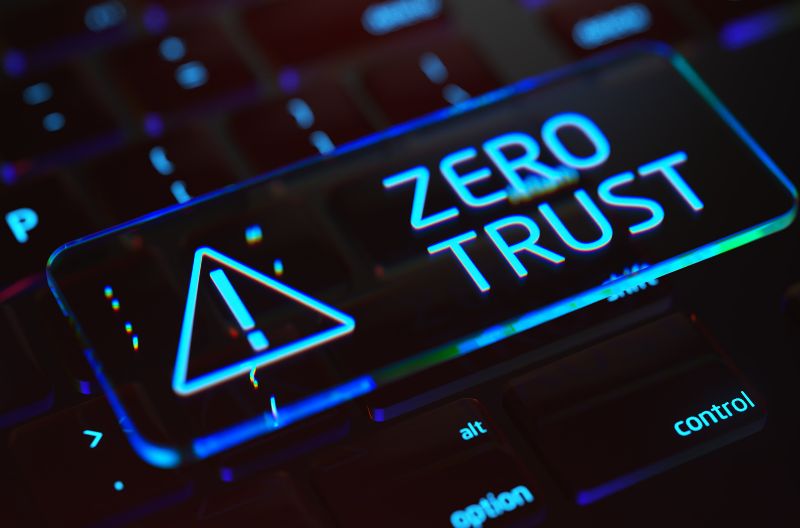Cybersecurity Solutions for a Safer Tomorrow
Greenline Technologies extensive range of cybersecurity solution offerings empower organizations in safeguarding digital assets and operations. These offerings encompass assessment services, cyber risk quantification, zero trust, VOC, SOC, penetration testing, and bug bounty initiatives.
These solutions are designed to address the diverse needs of organizations and ensure comprehensive protection in an increasingly complex digital environment.
In our increasingly interconnected world, where information flows seamlessly across digital channels, the importance of robust cybersecurity solutions cannot be overstated. The relentless evolution of cyber threats requires a proactive approach to safeguarding sensitive data and ensuring the integrity of digital ecosystems. In this article, we explore some of the cutting-edge cybersecurity solutions that are playing a pivotal role in fortifying the digital frontier.

Cyber Risk Quantification
Cyber Risk Quantification is the systematic process of evaluating and measuring an organization’s exposure to cyber threats. This practice involves a comprehensive analysis of potential risks, vulnerabilities, and the potential impact of cyber incidents on critical operations and data. By assigning numerical values to these risks, organizations can make informed decisions regarding resource allocation and risk mitigation strategies.
Organizations require cyber risk quantification to prioritize security efforts effectively, ensuring that resources are directed towards the most critical vulnerabilities and threats. It enhances overall risk management by enabling organizations to assess the potential financial and operational consequences of cyberattacks. This empowers organizations to proactively protect their digital assets and maintain business resilience.
Cyber risk quantification involves a structured process that assesses the likelihood of cyber threats, their potential impact, and the effectiveness of existing cybersecurity measures. Advanced methodologies, such as probabilistic modeling and threat intelligence analysis, are employed to calculate and quantify these risks. This data-driven approach provides organizations with actionable insights, allowing them to prioritize investments, strengthen cybersecurity posture, and optimize risk management strategies

Cybersecurity Economics
Cyber Economy revolves around digital transformation and data exchange, presenting an ever-evolving landscape filled with cyber threats. These threats, including hacking and data breaches, continually challenge businesses and individuals in this digital realm. To effectively mitigate these risks, the implementation of strong cybersecurity measures is imperative. This includes strategies like encryption, network security protocols, and advanced threat detection systems.
Cybersecurity is a multidimensional challenge that demands interdisciplinary attention. Greenline Technologies through his partners supports research, development, and operationalization of technical and knowledge solutions that improve value-based decision making by those who own, operate, protect, and regulate the nation’s vital data assets and critical infrastructures.
The focus extends beyond the traditional economics view of incentives for cybersecurity to consider business, legal, technical, and behavioral factors that impact cyber risk. GreenLine Technologies emphasizes the empirically based measurement, modeling and evaluation of cybersecurity investment, impact and incentives. The objective of this research strategy is to close the gap between research and practice by apprising the research community of real-world cyber risk economics challenges, and, ultimately, to inform evidence-based policy and actions by industry and government.

Cybersecurity Capacity Building
In the academic realm, cybersecurity is pivotal in tackling the challenges of an increasingly digital world. This discipline involves protecting digital systems, networks, and data from cyber threats and vulnerabilities. Academic institutions drive cybersecurity knowledge through research, education, and training programs. These initiatives nurture skilled professionals who not only fortify the digital landscape but also make substantial social contributions to the regions and countries in which GreenLine Technologies operates.
These contributions extend to providing essential education and training to students, empowering them with knowledge about cybersecurity, the industry, and related areas. These efforts equip the future workforce with the skills needed to protect digital assets and make a positive impact on communities and countries, reinforcing the dedication to enhancing global digital security.

Operational Technology Security
The dependable operation of critical infrastructure hinges on the availability and security of its operational technology (OT) and industrial control systems (ICS). Often, assets are managed and supervised remotely. However, OT environments frequently lack adequate visibility to detect misconfigurations, operationally significant errors, or cyberattacks.
Several national IT security regulations mandate the establishment of an end-to-end system for threat monitoring and detection. This system ensures continuous monitoring of critical infrastructure, facilitating early identification and mitigation of potential attacks.
Critical infrastructures require an OT system that:
– Establishes comprehensive end-to-end visibility of devices (hosts), connections, and communication behavior
– Conducts ongoing analysis of the entire communication
– Detects, record, and reports anomalies in communication behaviour in real-time
These capabilities empower OT security engineers to respond swiftly and proactively to both attacks and technical error conditions.

Zero Trust
Zero Trust is a cybersecurity paradigm that focuses on safeguarding resources while adhering to the principle that trust is not automatically granted but is subject to continuous evaluation. The Zero Trust architecture embodies a comprehensive approach to securing enterprise resources and data, covering aspects such as identity for individuals and non-person entities, credentials, access management, operations, endpoints, hosting environments, and the interconnected infrastructure.
The initial emphasis should be on the restriction of resource access to individuals and entities with a genuine need, granting only the minimum privileges required, such as those for reading, writing, or deleting, to carry out designated tasks. Historically, organizations, including federal agencies, have prioritize perimeter defense, allowing authenticated entities broad access to resources once inside the internal network. Consequently, unauthorized lateral movement within the environment has presented significant challenges for federal agencies and enterprise networks alike.
This approach not only enhances security but also ensures that access to critical resources remains well-guarded, even within the network’s confines.

